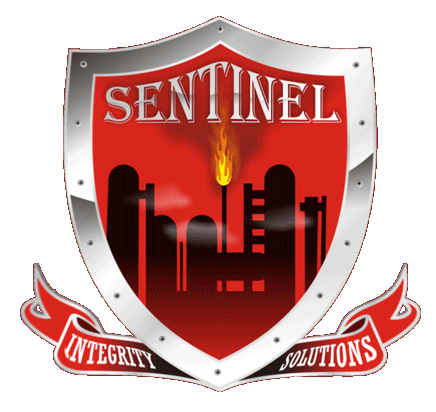Inspection Documentation and Reporting
- Colby Renfro
- Feb 20, 2017
- 2 min read
This article was originally posted on Monday February 20, 2017
Just about every inspector has the ability to find issues or discrepancies while performing inspections. Alternatively, very few inspectors are proficient at documenting and reporting those findings in a detailed, quantifiable manner. The quality of reports is vital to the success of any Process Safety Management (PSM) system. These records are maintained throughout the service life of the equipment and will be used to plan for future inspection methods and inspection intervals.
Prior to performing inspections, it is good practice to review the construction and design information, previous inspection history, and repairs/alterations that have been associated with the fixed equipment. This way the inspector can not only identify specific areas to inspect, but also identify any shortcomings that previous inspections may have. Using generalizations to describe findings in a report holds little value when describing the condition of fixed equipment. Quantified reporting of findings creates value when evaluating the integrity of the equipment and when performing risk based assessments.
Inspectors should pride themselves in not just being able to find issues/discrepancies, but producing a detailed report of fixed equipment and quantitating all results of any findings. Finding the problems is only a small part of performing quality inspections.
The same guidance applies for generating inspection recommendations. Inspectors should perform a thorough review of the design details, historical data, and any available risk assessments prior to generating a recommendation. Provide detailed justification, and clarify your findings with an in depth explanation of the damage/issue. This should include corrosion rates, remaining life, dimensions of the damage, extent of damage, appearance of damage, and location. Additionally, communication with the asset owners is important to get an understanding of the asset’s premise; your recommendation may need to be scaled to meet the expected premise. Provide as much guidance as required to assure that the recommendation is executed properly, this may include establishing steps and hold points. Furthermore, another good practice is to review the recommendation from a safety prospective. Ask yourself: “what can go wrong here?” If there are any hazards or risks to the personnel executing tasks associated with the recommendation, capture the hazards in the notes section of the recommendation.
The ability to generate documentation that creates value to the PSM system closes the gap between good inspectors and great inspectors.
In closing, I will leave you with this quote that I feel drives this aspect of inspection home: “Every job is a self-portrait of the person who did it. Autograph your work with EXCELLENCE.” (Unknown)





Comments